
Is PLA the Future of Sustainable Beauty Packaging?
October 27, 2025 • Mike Lee
You're seeing "plant-based plastic" and "compostable" everywhere. You're intrigued by PLA as a way to meet your brand's sustainability goals, but you're not sure what the term actually means for your products.
PLA, or Polylactic Acid, is a bioplastic made from renewable resources like corn starch. While it has great environmental potential, its true sustainability depends entirely on access to industrial composting facilities, making it a very niche choice.

Your insight is spot-on—the appeal of PLA is undeniable. It starts with a fantastic story: plastic made from plants, not oil. We get inquiries about it every week. I remember a passionate founder of a new organic skincare line. They were committed to being 100% sustainable and were certain PLA was the only answer for their packaging. We loved their vision. But we had to walk them through the reality. We asked, "Where will your customers dispose of this jar?" After some research, they realized that less than 1% of their target market had access to the industrial composting facilities needed to break PLA down. Their "eco-friendly" jar would almost certainly end up in a landfill. It was a tough realization, but it led us to a more practical solution: a 100% PCR PET jar that was truly recyclable for all of their customers.
What exactly is PLA and how is it used in cosmetics?
You see the acronym PLA, but what does it stand for? You need to understand the material's basic identity before you can decide if it's right for your brand.
PLA stands for Polylactic Acid. It's a polymer created from the fermentation of renewable resources like corn or sugarcane. In cosmetics, it's used to make jars, films, and containers.
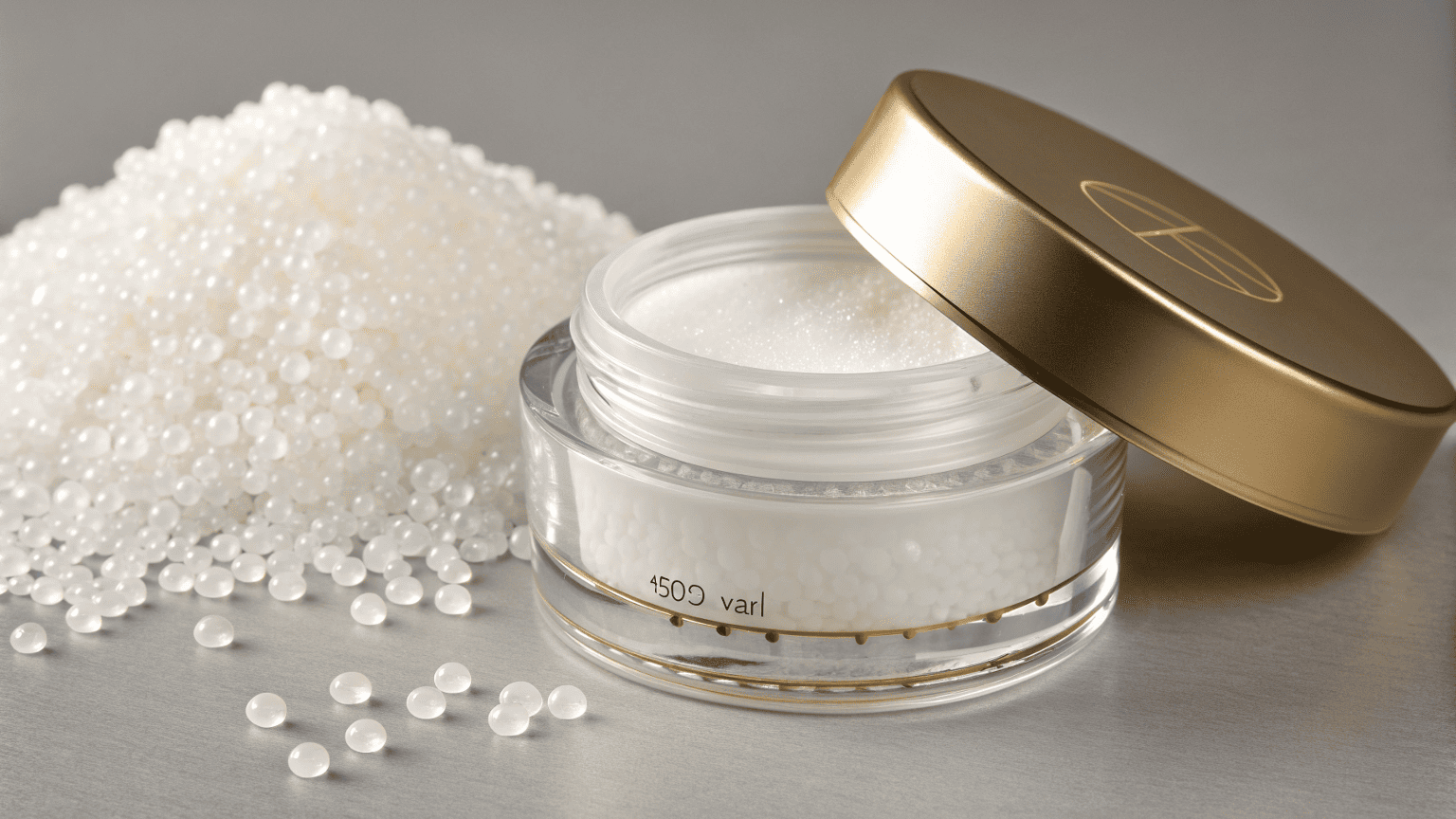
Think of PLA as a plastic that begins its life in a field instead of an oil refinery. This is its core identity and its biggest selling point.
How is PLA Made?
The process is a fascinating piece of biotechnology. It generally follows these steps:
- Harvest: A renewable resource rich in sugar, usually corn, is harvested.
- Fermentation: The corn starch is converted into dextrose (a type of sugar). Microorganisms then ferment this dextrose to produce lactic acid.
- Polymerization: The lactic acid molecules are chemically linked together to form long chains, creating a polymer called Polylactic Acid.
- Pelletizing: This polymer is then formed into small pellets, which are the raw material we use to mold into your packaging, just like traditional plastic pellets.
Common Applications in Beauty
Because of its properties, PLA is not a universal replacement for all plastics. It works best for:
- Solid or Powder Products: Jars for solid balms, loose powders, or thick creams that don't require a high-performance moisture barrier.
- Secondary Packaging: The clear film used to wrap product boxes.
- 3D Printing: It's a very common material for creating rapid prototypes of new packaging designs.
What makes PLA an attractive option for packaging?
You understand what it is, but why is it generating so much excitement? You want to know the specific benefits that make brands consider this innovative material.
PLA is attractive because its production uses renewable resources and has a lower carbon footprint than petroleum-based plastics. It also offers the unique end-of-life option of industrial composting.
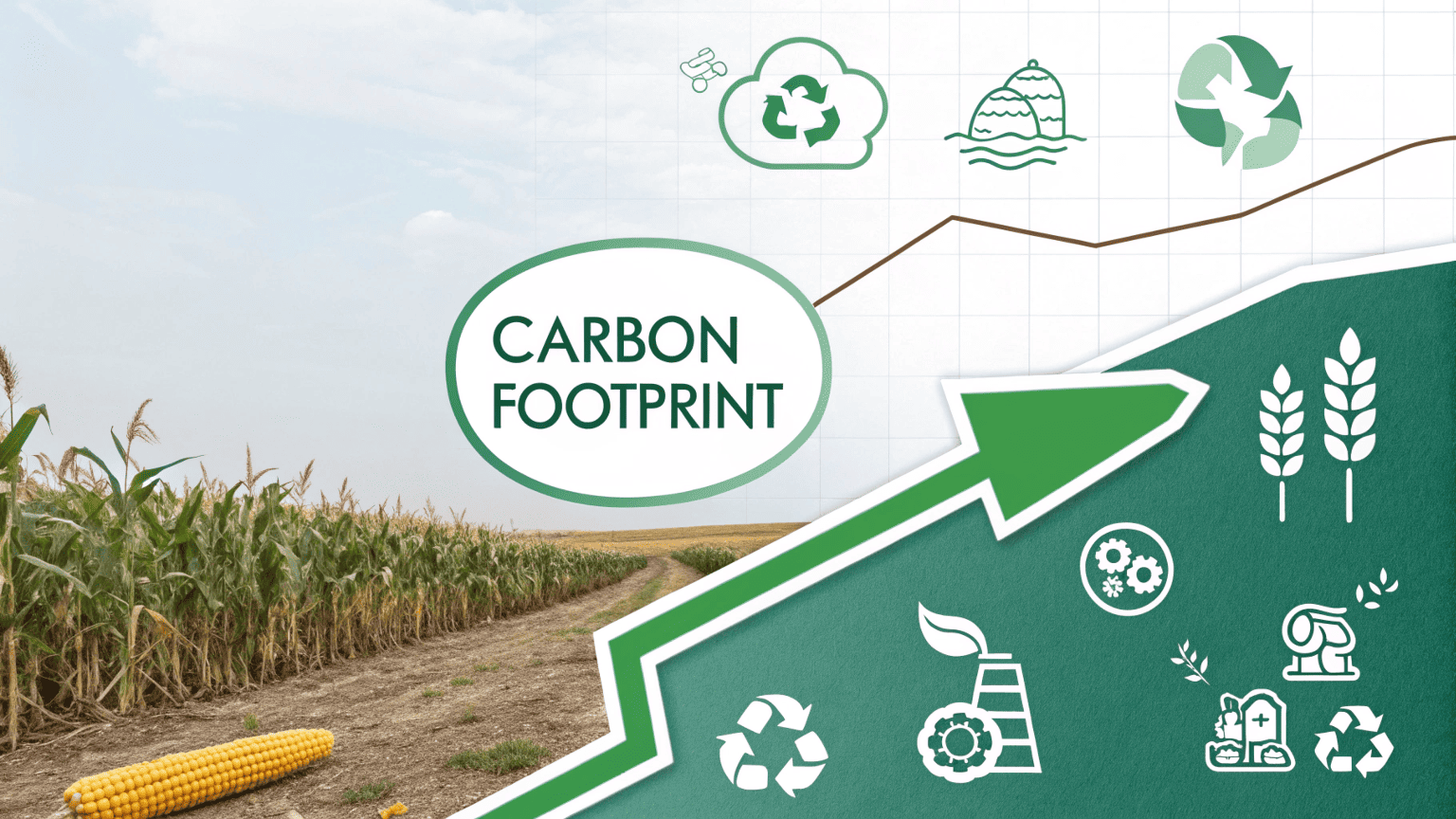
The "pros" of PLA are compelling, and they form the basis of its environmental promise. When we talk to brands about it, the conversation always centers on these three key advantages.
| Advantage | In-Depth Explanation |
|---|---|
| Renewable Source | This is the most significant benefit. Traditional plastics like PET and PP are derived from crude oil, a finite resource. PLA comes from plants that can be grown and harvested year after year. This shift from a finite to a renewable feedstock is a major step towards a more circular economy. |
| Lower Carbon Footprint | The production process for PLA is generally less energy-intensive than the process for creating traditional polymers. Studies have shown that manufacturing PLA can generate significantly fewer greenhouse gas emissions, helping brands reduce their overall carbon footprint. |
| Compostable End-of-Life | This is PLA's unique selling proposition. Under the right conditions (high heat, humidity, and specific microorganisms found in industrial composting facilities), PLA will break down into carbon dioxide, water, and organic biomass. This returns the material to the earth, which is an ideal environmental outcome. |
It's this combination of a "greener" beginning and a potentially "greener" end that makes PLA so appealing for brands that have sustainability at their core.
What are the disadvantages and limitations of PLA?
The benefits sound great, but you know there's no perfect material. You need a clear-eyed view of the downsides to avoid making a costly mistake for your brand.
PLA's main disadvantages are its high cost, poor heat resistance, and its complete reliance on industrial composting facilities that are unavailable to most consumers, which often leads to it ending up in a landfill.
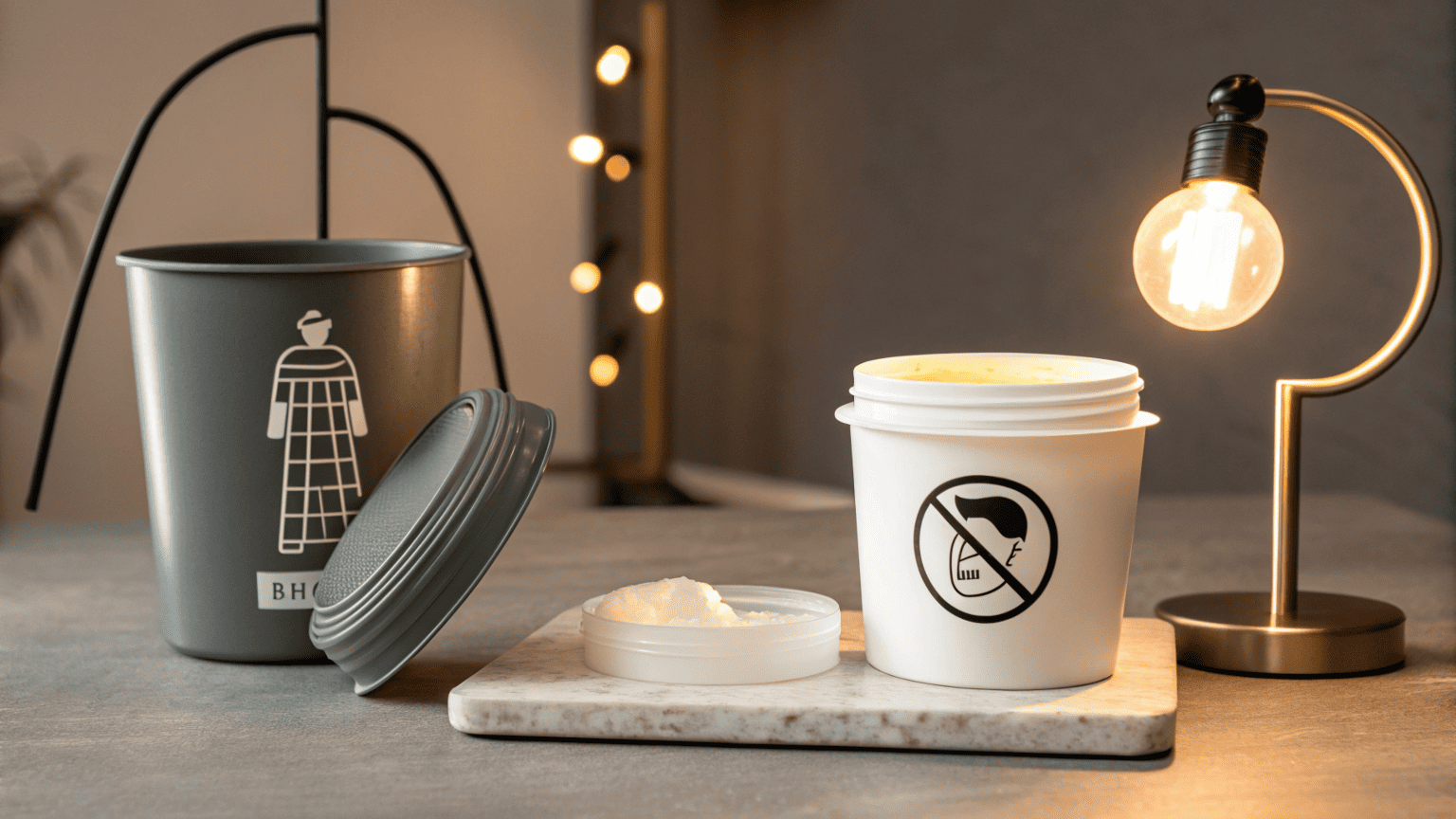
This is the part of the conversation where we have to be brutally honest with our clients. The limitations of PLA are not minor details; they are major logistical and financial hurdles that can undermine its sustainable promise.
| Disadvantage | In-Depth Explanation |
|---|---|
| Infrastructure Dependency | This is the biggest deal-breaker. PLA is not backyard compostable. It requires the high temperatures of an industrial facility to break down. If a customer throws it in their garden compost, it will sit there for years. If they throw it in the trash, it goes to a landfill. |
| Recycling Contamination | When a consumer mistakenly puts a PLA container into the recycling bin, it can contaminate an entire batch of valuable PET or PP. The materials have different melting points and cannot be processed together, creating a huge problem for recyclers. |
| Performance Limitations | PLA has a low melting point, meaning it can deform if left in a hot car or warehouse. It also has a weaker moisture and oxygen barrier compared to PET, making it unsuitable for many sensitive liquid formulas that require a long shelf life. |
| Higher Cost | The complex agricultural and biotechnological process required to make PLA means it is currently more expensive than conventional, petroleum-based plastics and even recycled PCR plastics. |
These disadvantages are why, for now, we guide most brands toward highly recyclable materials like PCR PET.
Conclusion
PLA is a promising innovation with a great environmental story. However, until industrial composting is widespread, its practical value for most cosmetic brands remains limited. A recyclable solution is often the more responsible choice.
Written by
Mike Lee
You may also be interested in:

How Can Smart Packaging Choices Reduce Your Carbon Footprint?
You're committed to making your brand more environmentally friendly, but the term "carbon footprint" feels
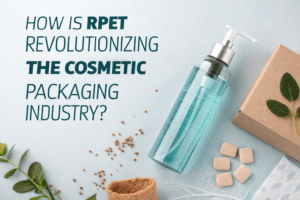
How Is rPET Revolutionizing the Cosmetic Packaging Industry?
You want to make your packaging more sustainable, but you're worried about sacrificing quality. You
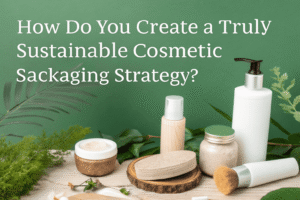
How Do You Create a Truly Sustainable Cosmetic Packaging Strategy?
You feel the pressure to make your packaging sustainable, but every choice seems complex. Switching

Compostable vs Recyclable: Which Delivers Better ROI?
You want sustainable packaging that boosts your brand, not your costs. You hear the buzz